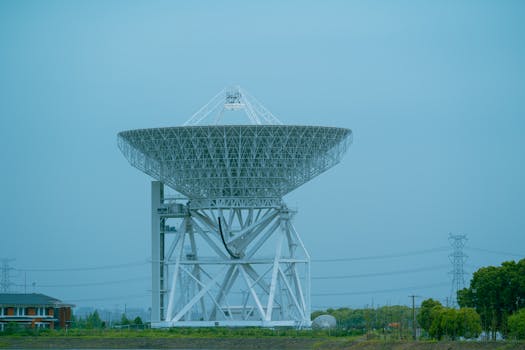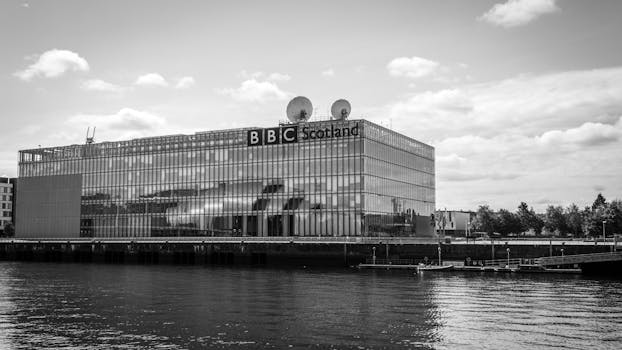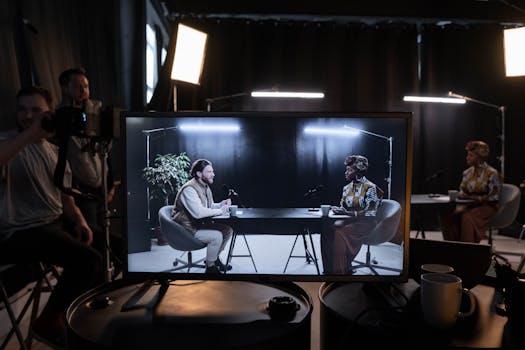
The Intersection of Space and Media: How Satellites Shape Public Perception
The Intersection of Space and Media: How Satellites Shape Public Perception has become a vital component of modern life, with satellites playing a crucial role in shaping public perception and influencing our understanding of the world. The focus keyword, The Intersection of Space and Media, is a vital aspect of this phenomenon, as it highlights the interconnectedness of space technology and media in shaping public opinion.
Introduction to the Intersection of Space and Media

The intersection of space and media refers to the convergence of space technology and media platforms in shaping public perception. Satellites, in particular, have become a critical component of this intersection, as they enable the transmission of information and images from space to Earth, influencing public opinion and shaping our understanding of the world. The use of satellites in media has become increasingly prevalent, with many news organizations and media outlets relying on satellite imagery and transmission to deliver news and information to the public.
The Impact of Satellites on Public Perception

Satellites have a significant impact on public perception, as they provide a unique perspective on the world and enable the transmission of information and images from space. Satellite imagery has been used to document natural disasters, such as hurricanes and earthquakes, and has played a critical role in shaping public opinion and informing policy decisions. Additionally, satellites have been used to transmit news and information from remote or hard-to-reach areas, enabling the public to stay informed about global events.
Satellites have also been used to shape public perception through the transmission of entertainment and cultural content. Satellite television, for example, has enabled the global transmission of TV shows and movies, shaping cultural trends and influencing public opinion. Furthermore, satellites have been used to transmit educational content, such as documentaries and educational programs, promoting learning and informing the public about various topics.
The Future of the Intersection of Space and Media

The future of the intersection of space and media is likely to be shaped by advancements in technology and the increasing use of satellites in media. The development of new satellite technologies, such as high-throughput satellites and small satellites, is expected to enhance the transmission of information and images from space, enabling more efficient and effective communication. Additionally, the increasing use of social media and online platforms is likely to amplify the impact of satellites on public perception, as more people will have access to satellite-transmitted information and images.
In conclusion, the intersection of space and media is a vital aspect of modern technology, with satellites playing a crucial role in shaping public perception and influencing our understanding of the world. As technology continues to evolve, it is likely that the intersection of space and media will become even more significant, with satellites enabling the transmission of more information and images from space to Earth.

